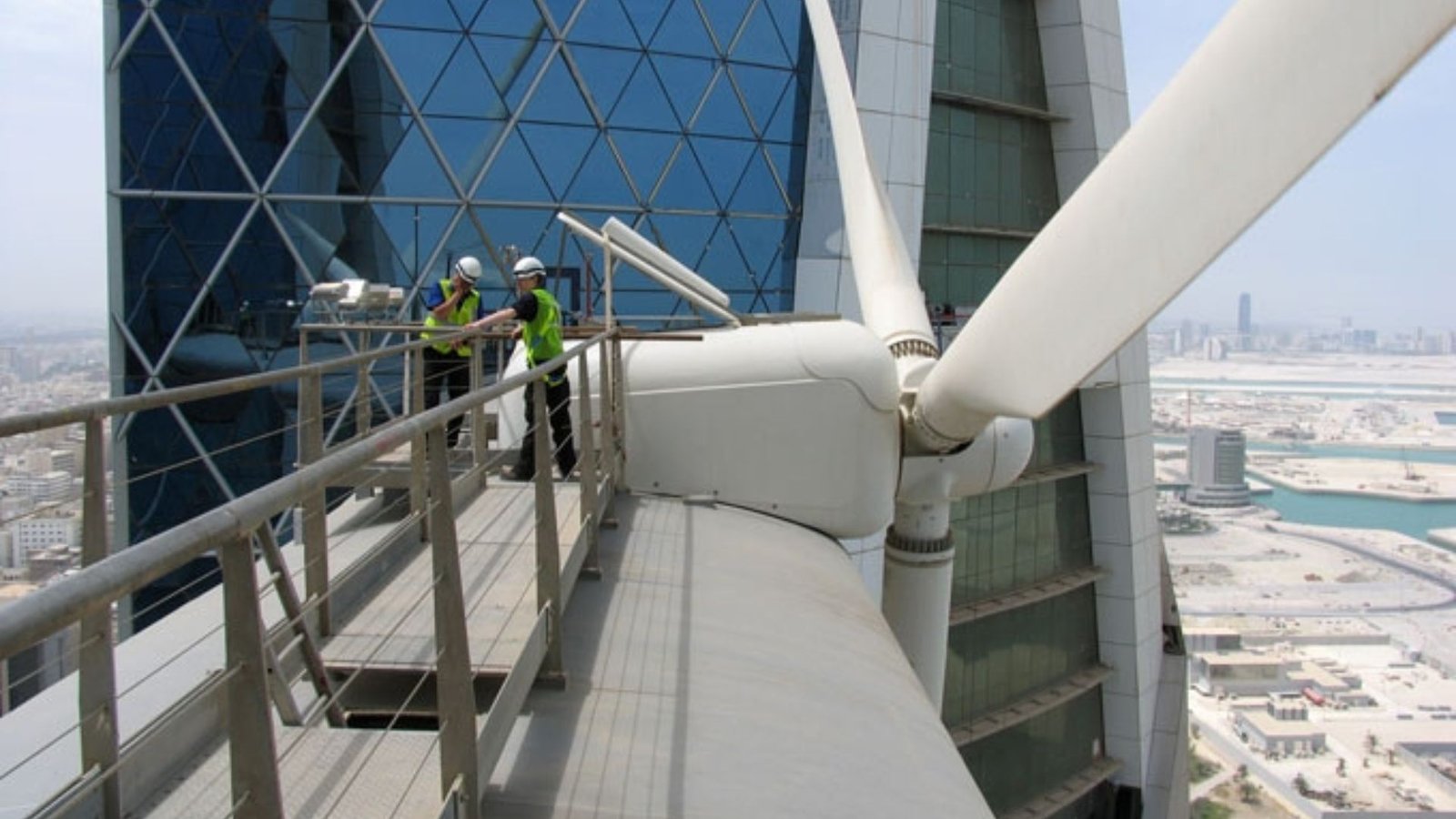Architecture and the Integration of Renewable Energy Sources
In contemporary architecture, the incorporation of renewable energy sources has become increasingly crucial. Architects are leveraging renewable technologies to enhance building sustainability, reduce environmental impact, and promote energy efficiency. This article explores various methods and benefits of integrating renewable energy sources into architectural design.
1. Solar Photovoltaic Systems
Solar photovoltaic (PV) panels convert sunlight into electricity, providing a clean and renewable energy source for buildings.

2. Solar Thermal Systems
Solar thermal systems use sunlight to heat water or air, contributing to hot water supply and space heating requirements.
3. Wind Turbines
Small-scale wind turbines generate electricity from wind energy, suitable for urban and rural settings with sufficient wind exposure.
4. Biomass Energy
Utilizing biomass such as wood pellets or agricultural waste to generate heat and electricity through combustion or gasification.
5. Geothermal Heating and Cooling
Geothermal systems harness heat from the earth to provide heating in winter and cooling in summer, enhancing building comfort.
6. Hydroelectric Power
Incorporating small-scale hydroelectric systems to generate electricity from flowing water sources like rivers or streams.
7. Building-Integrated Photovoltaics (BIPV)
Integrating solar panels into building facades, roofs, or windows to generate electricity while enhancing architectural aesthetics.
8. Passive Solar Design
Designing buildings with orientation, shading, and thermal mass to maximize natural heating and cooling through solar energy.
9. Micro-Combined Heat and Power (CHP) Systems
CHP systems produce electricity while capturing waste heat for space heating or water heating, increasing energy efficiency.
10. Solar Water Heating Systems
Installing solar collectors to heat water directly using sunlight, reducing the energy demand from conventional water heaters.
11. Energy-Efficient Lighting
Implementing LED lighting systems that reduce energy consumption and complement renewable energy integration efforts.
12. Smart Building Technologies
Integrating smart systems for energy management, monitoring, and optimizing energy usage based on renewable energy availability.
13. Net-Zero Energy Buildings
Designing buildings that produce as much energy as they consume annually, primarily through renewable energy sources.
14. Energy Storage Solutions
Utilizing batteries or other storage technologies to store excess renewable energy for use during periods of low generation.
15. Green Roofs and Walls
Green roofs and walls improve building insulation, mitigate urban heat island effects, and potentially host solar panels or wind turbines.
16. Community Renewable Energy Projects
Collaborating on community-level renewable energy initiatives to share resources and enhance sustainability across neighborhoods.
17. Life Cycle Assessment (LCA)
Conducting LCAs to evaluate the environmental impacts of renewable energy systems throughout their operational life.
18. Government Incentives and Policies
Taking advantage of subsidies, tax credits, and supportive policies to facilitate the adoption of renewable energy technologies.
19. Education and Awareness
Educating stakeholders about the benefits of renewable energy integration and fostering a culture of sustainability in architectural practice.
20. Technological Advancements
Exploring advancements in renewable energy technologies and their potential impact on future architectural designs and urban landscapes.
Conclusion
Integrating renewable energy sources into architectural design not only reduces carbon footprint but also enhances building performance and resilience. By harnessing solar, wind, geothermal, and other renewable resources, architects can contribute to sustainable development goals while creating healthier and more efficient built environments. As renewable energy technologies continue to evolve, they offer promising opportunities for architects to innovate and lead the way towards a greener future.



